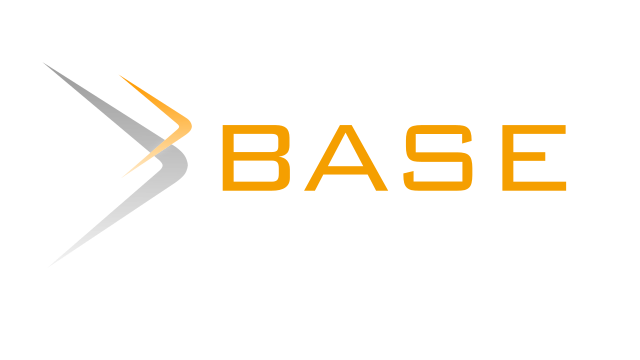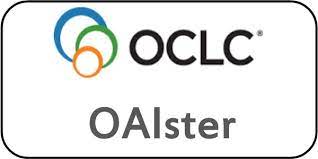I-Gel versus Proseal Laryngeal Mask Airway in Pediatric Airway Management: A Comparative Study
Keywords:
Supraglottic airways, I-Gel, PLMA, pediatric patientAbstract
Aim: To compare the insertion characteristics of supraglottic airway devices I-Gel and Proseal laryngeal mask airway (PLMA) in pediatric airway management during elective surgeries under general anesthesia. Methodology: This prospective randomized comparative study was conducted in 60 pediatric patients divided into two groups of 30 each (Group I and Group P), aged 1 to 5 years and belonging to American Society of Anesthesiologists (ASA) Class 1 and 2 posted for elective surgeries under general anesthesia. In Group I, I-Gel was used and in Group P, PLMA was used. The primary outcome of the study was to assess proper placement of airway devices with adequate oropharyngeal sealing and the secondary outcomes were time taken for insertion, ease of insertion, number of attempts, hemodynamic changes associated with insertion of the device, ease of gastric tube passage and complications. Statistical analysis was done by SPSS version 25. Quantitative variables were analyzed through independent sample t-test and categorical variables were analyzed by Chi-square test. P value <0.05 was taken as statistically significant. Results: The demographic data, insertion time and number of attempts were comparable in both the groups. Placement of I-Gel was better in comparison with that of PLMA and was statistically significant (p - 0.010). Conclusion: I-Gel is a better supraglottic airway device when compared to PLMA in terms of ease of insertion and proper placement and there are no significant hemodynamic changes with insertion of both devices.
Downloads
Published
Issue
Section
License
Copyright (c) 2021 B Sai Kartheek

This work is licensed under a Creative Commons Attribution 4.0 International License.
The copyright for all the editorial material contained in Asian Journal of Pediatric Practice, in the form of layout, content including images and design, is held by IJCP Publications Ltd. No part of this publication may be published in any form whatsoever without the prior written permission of the publisher. Indian Journal of Clinical Practice does not guarantee, directly or indirectly, the quality or efficacy of any product or service described in the advertisements or other material which is commercial in nature in this issue.







